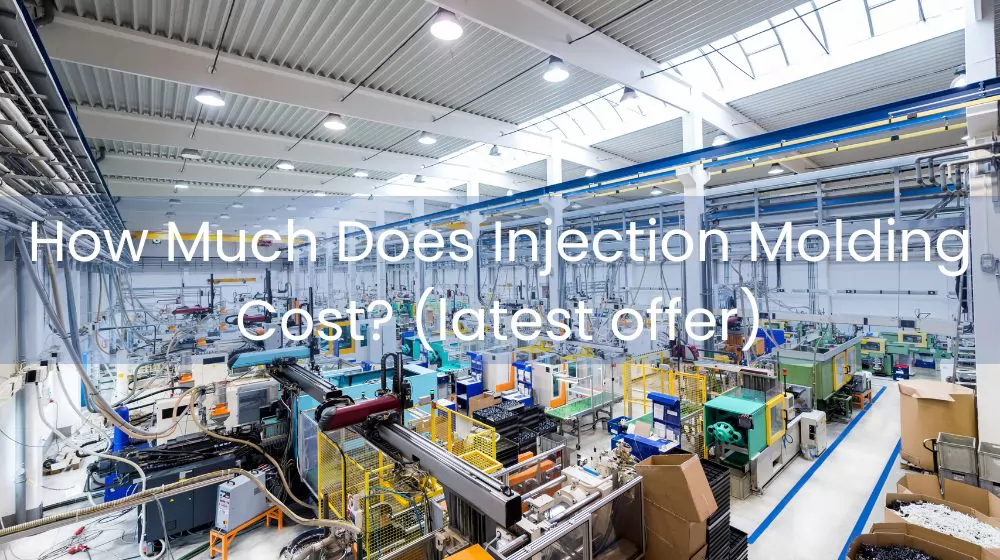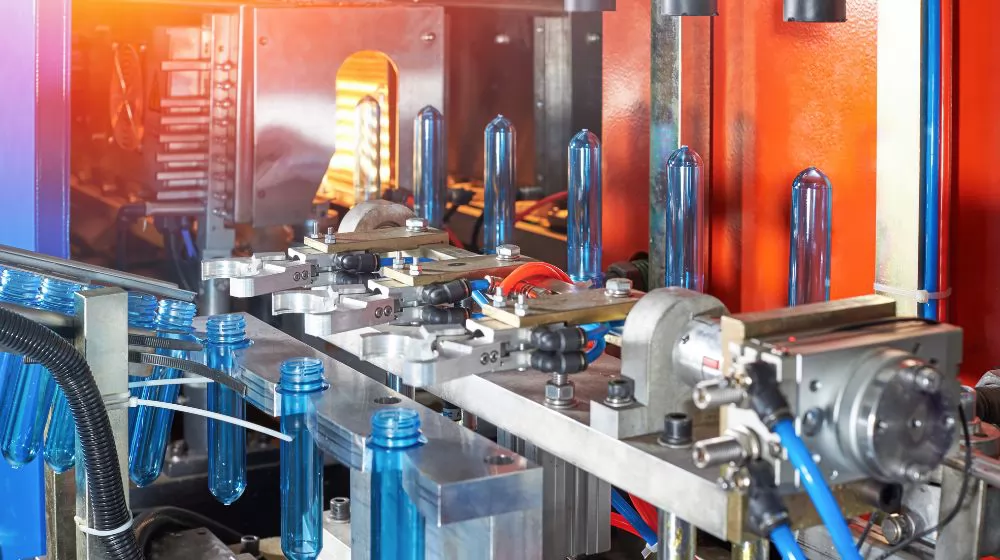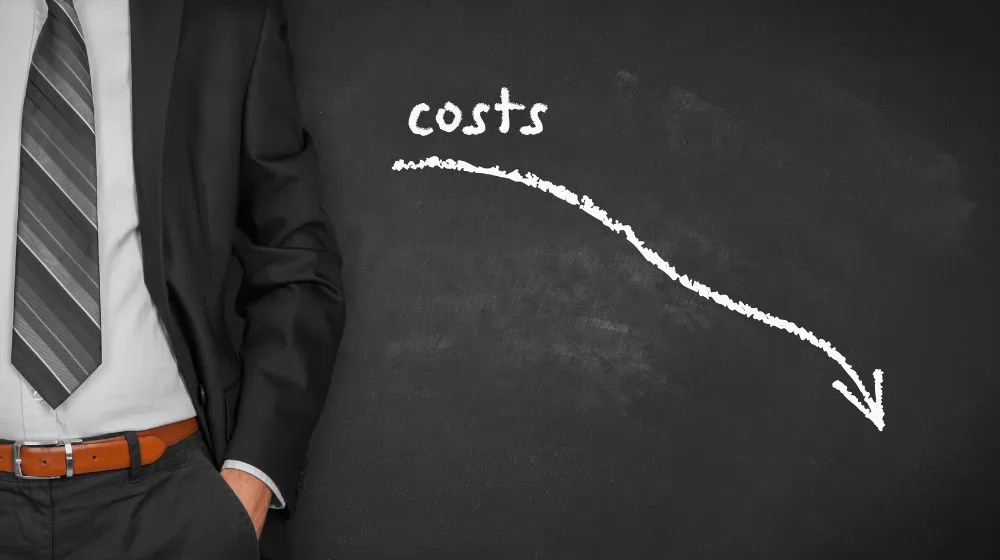
Injection molding has revolutionized manufacturing, enabling the mass production of complex and delicate plastic parts. Injection molding plays a pivotal role in everything from automotive parts to consumer electronics. However, while the benefits of this manufacturing process are obvious, understanding the cost factors associated with injection molding is critical for companies aiming to optimize the production process and maximize profitability. In this article, we'll take a deep dive into the complexities of injection molding costs, exploring the key factors that affect the overall expense involved. By uncovering the complexities of this manufacturing technology, we aim to provide valuable insights into how companies can make informed decisions and balance quality, efficiency and cost-effectiveness in their injection molding operations.
Article Directory:
1.How much does an injection mold cost?
2.How to calculate the cost of injection molding?
3.What are the factors that affect the cost of injection molds?
How much does an injection mold cost?
The cost of the injection molding process can vary widely, ranging from $3,000 to $100,000 or more. Simple molds typically cost between $3,000 and $6,000, while larger, more complex, high-volume or multi-cavity molds can cost around $25,000 to $50,000 or more. Considering all the variables involved will help determine the total cost of an injection molding tool. Balancing tooling costs with the number of parts produced is critical. Higher throughput will lower the final unit cost per part because the total injection mold cost can be spread over hundreds or thousands of parts. While the upfront costs of injection molding can be high, it's still the fastest and most cost-effective way to produce large quantities of plastic parts.
How to calculate the cost of injection molding?
Most of the cost of injection molding is allocated to the processing of injection molds. The cost of injection molding is calculated based on several factors. The first and most important factor is size, followed by the complexity of the mold. Large and complex molds cost more than small and simple ones. The type of mold also helps determine the price. Prototype injection molds cost less than molds used for production runs. Molds made specifically for long-term production are more expensive. Molds designed for scale-up production require high-strength steels that can withstand repeated use.
The last factor to consider is the number of injection cavities in the mold. Large capacity molds can have multiple identical injection cavities. These are often referred to as multi-cavity molds. Series molds are molds that have two or more cavities that are similar but not necessarily identical. An example is the right and left sides of parts that fit together. These molds feature multiple cavities, allowing the same or related parts to be produced in a single molding cycle, reducing the number of mold opening and closing operations while increasing productivity.
What are the factors that affect the cost of injection molds?

Injection molds are usually made of steel or aluminum. Aluminum has several advantages over steel. Aluminum is generally cheaper than steel and dissipates heat better, which will improve cycle times and help improve efficiency. While aluminum may have a lower upfront cost, it does have durability issues. Steel injection molds are slightly more expensive, but last longer, which ultimately lowers the unit price per part. Steel injection molds are used in production runs because they can withstand heat and pressure better than aluminum molds. Steel molds can also be easily modified by welding or rework for design changes or repairs. Aluminum molds wear out quickly and cannot be repaired or modified.
Different qualities of thermoplastic resins can be used in the injection molding process. The type of plastic is also a major factor when calculating injection mold costs. Selecting the appropriate plastic resin will depend on the intended use of the part. Plastic resins can range from $2 to $20 per pound. The amount of plastic used in each shot will depend on mold size and complexity. Some plastic properties that can affect cost are:
high gloss
transparency
high liquidity
flame retardant
high temperature
low temperature
anti-UV
food grade
Parts that don't require these special qualities can be made from cheaper plastic resins, potentially saving a lot of money.
Compare Injection Molding Prices
A business or project manager will look for several injection molding quotes from competing companies. Knowing the details behind pricing is important because each moldmaker may use a different method. Customers should inquire about the mold material and how it is processed. Traditional machining is slow and expensive. Molds manufactured with computer numerical control machining can be produced faster and more precisely by EDM.
How to reduce our injection mold cost?

When it comes to injection molding, there are several things you can do to help control and reduce costs.
1. Reduce unnecessary product features.
If budget is an issue, then keep your product features to a minimum. Too many features and too many functions can significantly increase the cost.
2. Eliminates cosmetic finishes and looks.
While they make the product look good, some design features may not be worth the extra cost.
3. Reevaluate the part size.
Part size and price go hand in hand. The price can also be high if the part is large.
Injection mold costs will vary from project to project, with simple single cavity injection molds costing as little as a few thousand dollars. Larger, more complex, higher-volume multi-cavity molds can cost as much as $25,000 to $50,000 or more. Typical injection mold costs will range from $4,500 to $16,000. Injection mold cost estimates will also depend on the proprietary technology used by each mold maker. Ask the fabricator questions to ensure the moldmaking process matches your project's output and budget.
The list of questions below will make it easier to compare injection molding quotes from different companies:
What material do you use to make injection molds?
What machining process do you use to make injection molds?
Which plastics can be used for injection molding?
What services or post-processing are included in the injection molding quote?
What types of injection molding do you offer? simple? Complicated family patterns? Overmolding? Insert molding?
Do you only offer in-house injection molding or export tooling?
Can you provide examples of costs for similar projects?
Are example parts available for inspection?
HingTung's experts are here to answer all your questions about injection mold costs. Feel free to use our online quoting system as a tooling cost calculator or contact one of our plastic injection molding experts. Contact HingTung, or request an instant quote for your next custom plastic molding project.


